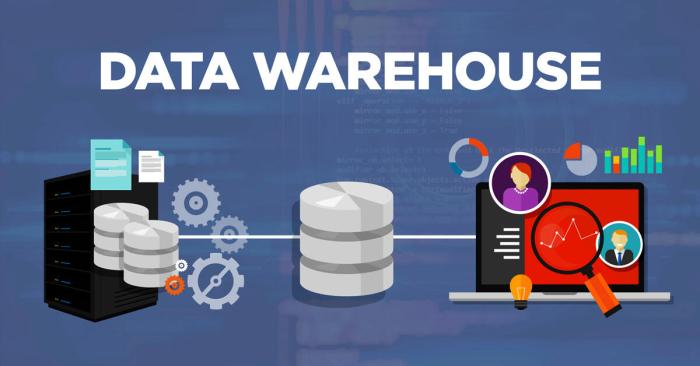Which cloud technology characteristic ensures that a cloud customer – In the realm of cloud computing, elasticity stands as a pivotal characteristic that empowers cloud customers with the ability to adapt seamlessly to fluctuating demands. This transformative technology enables businesses to scale their infrastructure resources up or down in real-time, ensuring optimal performance and cost-effectiveness.
Elasticity grants cloud customers the agility to handle sudden spikes in traffic, seasonal fluctuations, or unexpected growth without experiencing service disruptions or performance bottlenecks. By leveraging elastic cloud services, businesses can eliminate the need for costly overprovisioning and the associated risks of underprovisioning, resulting in significant operational and financial benefits.
Cloud Technology Characteristics

Cloud technology offers several key characteristics that ensure cloud customers are well-equipped to meet their computing needs. These characteristics include scalability, elasticity, reliability, security, and cost-effectiveness.
Scalability
Scalability refers to the ability of a cloud computing system to handle varying workloads. Cloud technology ensures scalability by providing on-demand resources that can be easily provisioned or deprovisioned as needed. This allows cloud customers to quickly adjust their infrastructure to meet changing demands, without the need for costly hardware investments or long lead times.
Benefits of Scalability for Cloud Customers
- Improved agility and responsiveness to changing business needs
- Reduced infrastructure costs by only paying for the resources that are actually used
- Increased innovation and time-to-market for new products and services
Methods to Achieve Scalability in Cloud Computing
- Horizontal scaling: Adding or removing computing nodes to a cluster
- Vertical scaling: Upgrading or downgrading the capacity of existing computing nodes
- Auto-scaling: Automatically adjusting resources based on predefined rules or triggers
Elasticity
Elasticity refers to the ability of a cloud computing system to automatically adjust its resources to meet changing demands. This is achieved through the use of elastic scaling, which allows cloud customers to specify the minimum and maximum capacity of their resources.
When demand increases, the system will automatically scale up to meet the demand, and when demand decreases, the system will automatically scale down to reduce costs.
Benefits of Elasticity for Cloud Customers
- Improved performance and availability by ensuring that resources are always available to meet demand
- Reduced infrastructure costs by only paying for the resources that are actually used
- Increased agility and responsiveness to changing business needs
Reliability
Reliability refers to the ability of a cloud computing system to provide consistent and dependable service. Cloud technology ensures reliability by using redundant infrastructure and fault-tolerant systems. This means that if one component of the system fails, the system will automatically failover to another component to ensure that service is not interrupted.
Benefits of Reliability for Cloud Customers
- Improved business continuity and disaster recovery
- Reduced downtime and data loss
- Increased customer satisfaction and loyalty
Methods to Achieve Reliability in Cloud Computing
- Redundant infrastructure: Using multiple servers, storage devices, and network connections to provide failover in case of failure
- Fault-tolerant systems: Using software and hardware techniques to detect and correct errors automatically
- Disaster recovery plans: Having a plan in place to recover from major disasters or outages
Security, Which cloud technology characteristic ensures that a cloud customer
Security refers to the ability of a cloud computing system to protect data and resources from unauthorized access or attack. Cloud technology ensures security by using a variety of security measures, including encryption, access control, and intrusion detection and prevention systems.
Benefits of Security for Cloud Customers
- Protection of sensitive data and resources
- Compliance with regulatory requirements
- Increased customer trust and confidence
Methods to Achieve Security in Cloud Computing
- Encryption: Encrypting data at rest and in transit to protect it from unauthorized access
- Access control: Implementing policies to control who has access to data and resources
- Intrusion detection and prevention systems: Monitoring network traffic for suspicious activity and taking action to prevent attacks
Cost-effectiveness
Cost-effectiveness refers to the ability of a cloud computing system to provide value for money. Cloud technology ensures cost-effectiveness by offering a pay-as-you-go pricing model, which allows cloud customers to only pay for the resources that they actually use. This can result in significant cost savings compared to traditional on-premises infrastructure.
Benefits of Cost-effectiveness for Cloud Customers
- Reduced infrastructure costs
- Improved cash flow and profitability
- Increased agility and responsiveness to changing business needs
Methods to Achieve Cost-effectiveness in Cloud Computing
- Pay-as-you-go pricing: Only paying for the resources that are actually used
- Spot instances: Using spare capacity on cloud providers’ infrastructure at a discounted rate
- Reserved instances: Purchasing cloud resources in advance at a discounted rate
Answers to Common Questions: Which Cloud Technology Characteristic Ensures That A Cloud Customer
What are the key benefits of elasticity in cloud computing?
Elasticity enables businesses to scale their infrastructure resources up or down in real-time, ensuring optimal performance, cost-effectiveness, and the ability to handle varying demands without service disruptions.
How does elasticity differ from scalability?
Scalability refers to the ability to increase or decrease resources over time, while elasticity focuses on the ability to do so in real-time and on demand.
What are some examples of how elasticity can be used in cloud computing?
Elasticity can be used to automatically scale web servers during peak traffic periods, adjust storage capacity based on demand, or provision additional compute resources for data-intensive workloads.

